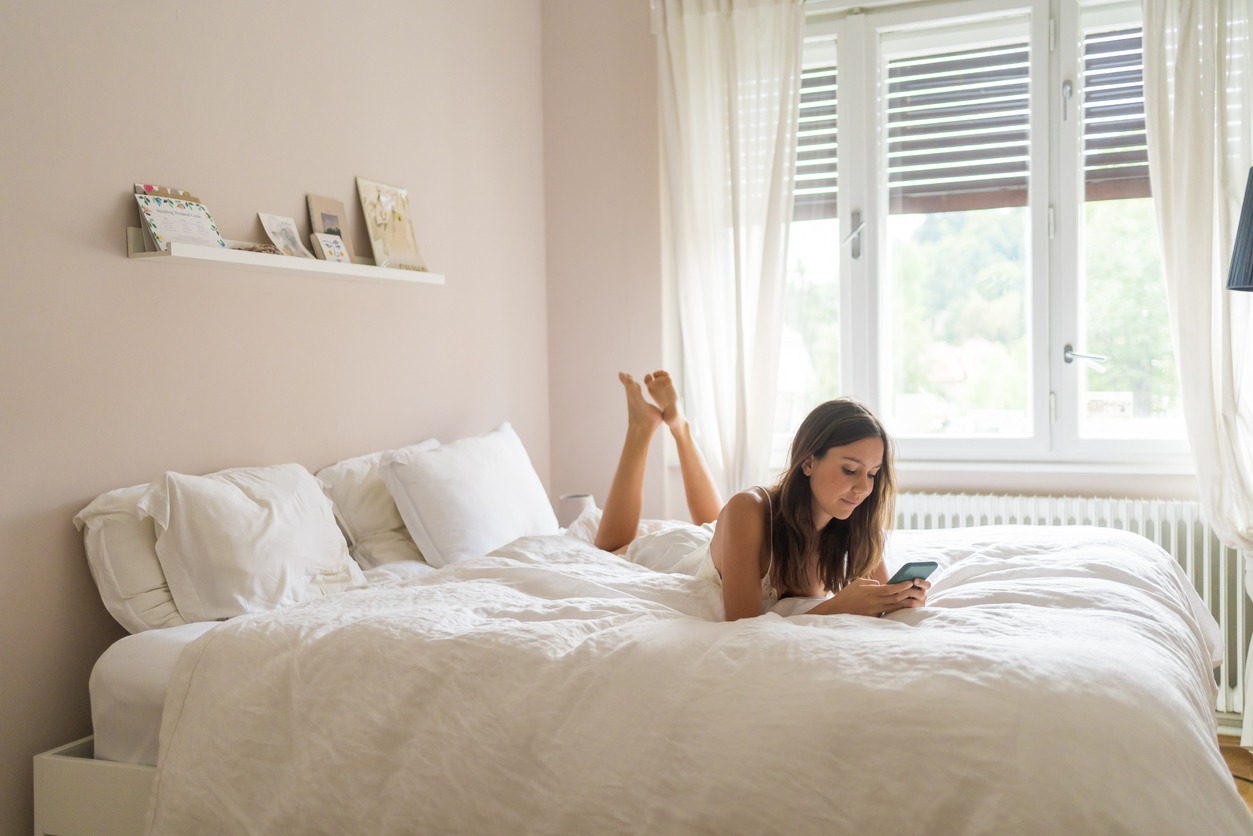How Household Textiles Are Important for Our Daily Life?

To maintain the heat in and the cold out, we utilize textiles throughout our dwellings. Our chairs, couches, and beds are all made from a wide range of textiles. Textiles are utilized for many different building components, including roofing, wire coverings, wall coverings, blinds, air ducts, and window screens. House textiles are fabrics and clothing used to adorn and improve the inside of a home as part of the home’s furnishings. T & A household textiles UK helps to give you comfort regarding household textiles. Home textiles are well-known for both their aesthetic qualities and their ability to improve our quality of life. In layman’s terms, home textiles are any articles of clothing or fabric used in the decoration of a private residence. Home textiles are often associated with the inside of a dwelling.
Different Types Of Home Textiles Commonly Used
Because there are so many distinct types of home textiles, the fabrics used to make them have a broad range of potential uses. Common materials for household textiles include cotton, jute, nylon, rayon, silk, and wool. The many types of household textiles now on the market are described below.
Floor Covering
The creation of textiles is one of the first examples of human creativity. Floor coverings made of textiles have been around for quite some time, and they serve more than just a functional purpose. Carpeting and rugs are two common types of textile floor coverings. The only real distinction between carpets and rugs is that the former can be easily relocated, and the latter cannot. In addition, the home textile business has provided a wide variety of patterns and designs for floor coverings, increasing the variety of options for this kind of textile and its aesthetic value.
Bedding
Each and every home needs bedding items. Mattresses, pillows, and blankets come in a broad variety of styles and materials throughout cultures. Beddings are items of the home textile industry that make the bed pleasant; the bed itself is not regarded to be a textile. Beddings consist mostly of sheets, pillow protectors, and comforters. Materials like silk, linen, and nylon are often used to make beddings because of their softness and ability to aid in a restful night’s sleep. The use of these textiles allows the cloth to be lightweight and airy.
Bathroom
The bathroom is a common location for the usage of home textile materials owing to their many practical purposes. Towels and shower curtains are two examples of often-used textiles in the house. Waterproof fabrics or plastic coatings are used in the production of shower curtains. Textiles for the house may be made from either woven or non-woven materials. Bath towels, hand towels, face towels, and so on are just a few examples of the many various types of towels you may buy. Towels are often manufactured from a gentle fabric that is gentle on the skin.
Popular types of home textiles include upholstery and curtains. Sofas, chairs, and other pieces of upholstered furniture are all covered with upholstery fabric. Cotton, leather, wool, polyester, linen, acetate, and other materials are often used to create these home textiles. It’s important to consider both the upholstery’s main material and desired amount of softness when selecting a fabric for it. When it comes to improving the visual appeal of window coverings, window textiles include a wide variety of materials. Curtains, drapes, and valances may be created from any number of further types of domestic textiles.
Upholstery & Window Textiles
Popular types of home textiles include upholstery and curtains. Sofas, chairs, and other pieces of upholstered furniture are all covered with upholstery fabric. Cotton, leather, wool, polyester, linen, acetate, and other materials are often used to create these home textiles. It’s important to consider both the upholstery’s main material and desired amount of softness when selecting a fabric for it. When it comes to improving the visual appeal of window coverings, window textiles include a wide variety of materials. Curtains, drapes, and valances may be made from any number of different types of domestic textiles.
Wall Covering
In the home textiles sector, wall-covering textiles are often utilized as an accent. Wall coverings are an easy way to upgrade a room’s aesthetic without spending too much time or money. Many different textures, colours, and designs are available for use as wall coverings. One sort of wall textile is the wall hanging, which may be found in a wide variety of materials. And construction methods (such as embroidery, hand tufting, weaving, knotting, etc.). As an added bonus, wall coverings are a kind of home textile that has been around for a very long time.
Table Cloth
Tablecloths are used on coffee tables, tea tables, and even on side tables to keep them clean. Tablecloths are normally used in a single layer. However, many people also use two layers of tablecloths. Which add colour contrast and enhance the table’s look. Table runners are used to decorate the tables and protect the furniture. They normally run over the tablecloth and enhance the look. Moreover, this product of the home textile industry is especially popular for use in homes as well as restaurants.





